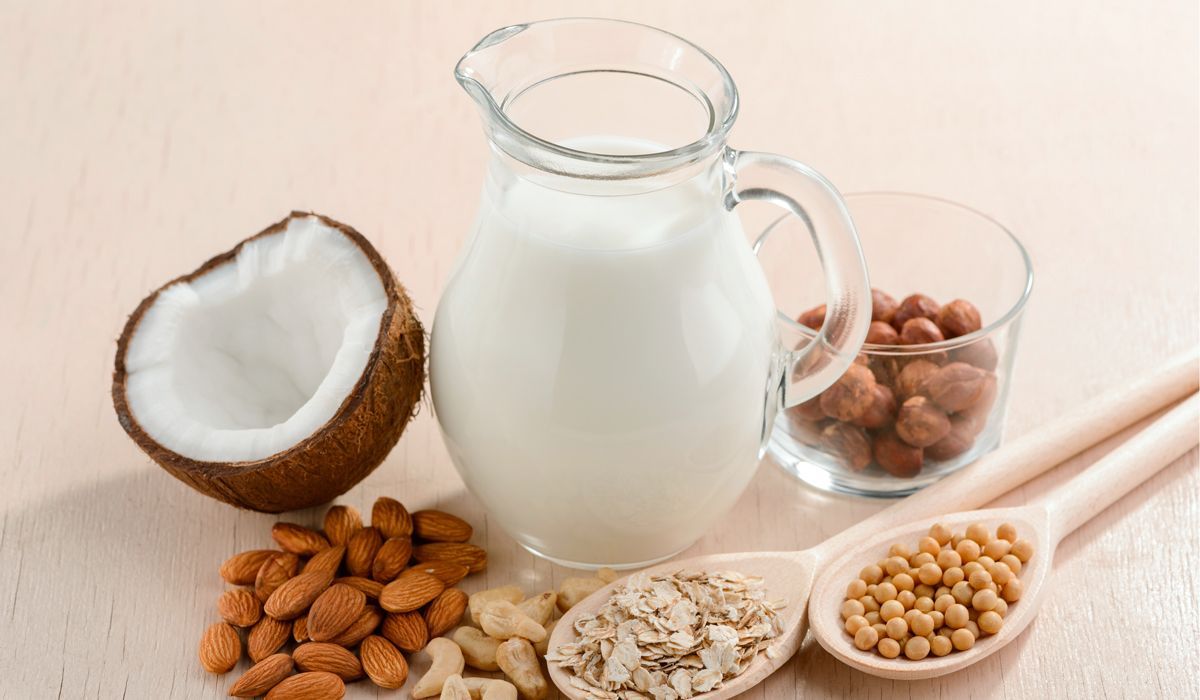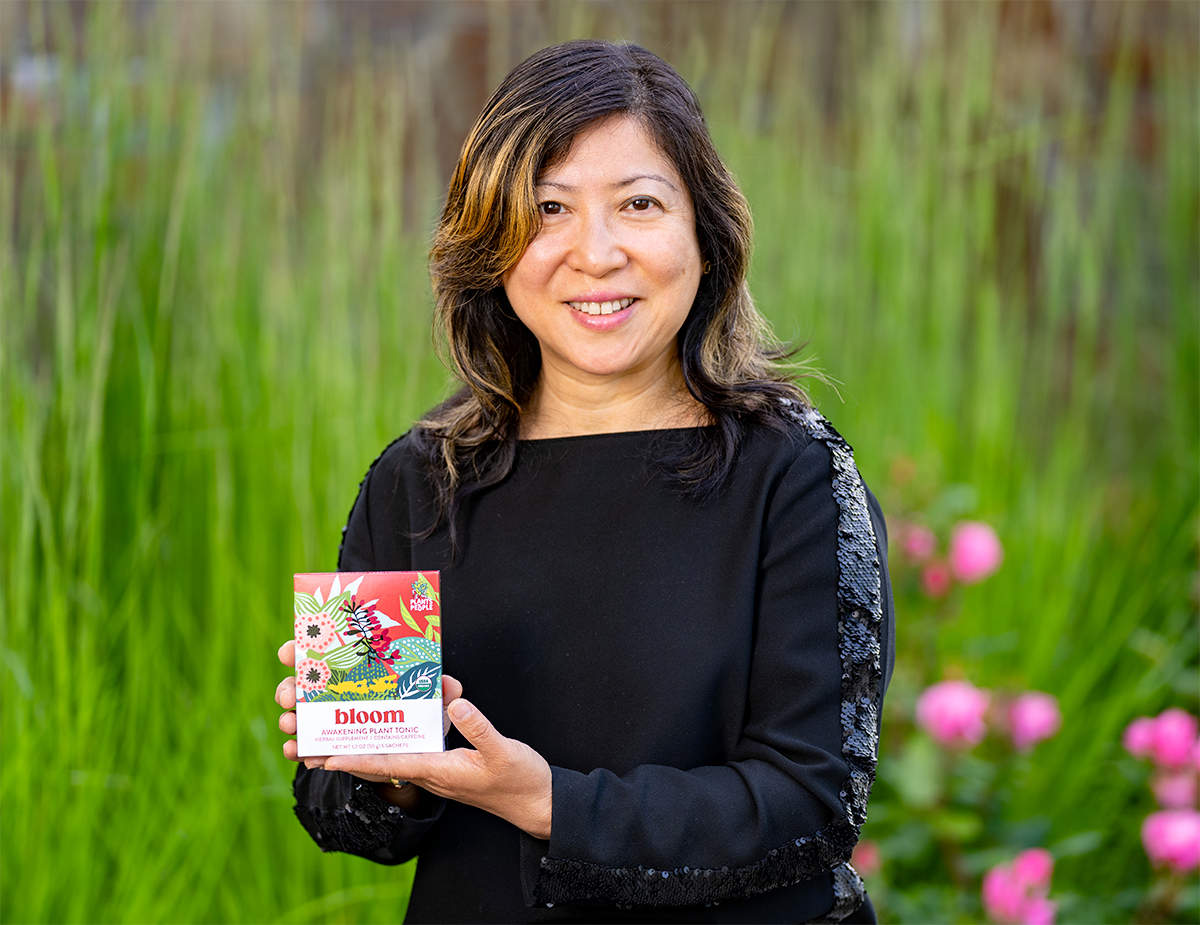
What may be creamy, comforting indulgences for some is anything but comfortable for those with lactose intolerance. Dairy foods – no matter how tempting – may trigger digestive discomfort that can range from mild to severe. Thankfully, many dairy alternatives can be found in our grocery aisles, and you can still get the nutrition you need with many other food choices.
What is lactose intolerance?
Lactose intolerance is caused when the small intestine doesn’t absorb or digest all the lactose a person ingests when eating dairy-based foods. Lactose is made up of two sugars, glucose and galactose.
Those who are lactose intolerant don’t produce enough of the enzyme lactase, which the body needs to digest lactose. Without lactase to digest it, lactose causes bloating, gas, nausea, diarrhea, even abdominal pain.
A doctor will diagnose lactose intolerance through a physical exam and by performing a few tests to rule out other digestive problems with similar symptoms, such as celiac disease (gluten intolerance) or irritable bowel syndrome. Another step is to eliminate dairy products from your diet for a period of time to see if symptoms ease.
People who suffer from lactose intolerance are not alone: About 68% of the world’s population experiences some degree of the chronic digestive disorder, according to the National Institute of Diabetes and Digestive and Kidney Diseases (NIDDK).
Nutrition for those who are lactose intolerant
Once diagnosed with lactose intolerance, you can make necessary long-term changes to ensure that you’re getting the essential nutrients prevalent in dairy foods, especially calcium and vitamin D, which helps with the absorption of calcium.
To get your recommended daily amount of calcium, try:
- canned fish with soft bones
- leafy green vegetables
- broccoli
- fruits: prickly pears, tangerines, oranges, kiwifruit, mulberries, blackberries, guavas, papaya and passionfruit
- tofu
- almonds
- fortified cereals and soy milk
To get your recommended vitamin D, try:
- salmon
- sardines
- red meat
- spinach
- mushrooms
- egg yolks
- fortified orange juice
While lactose-free cow’s milk products are always an option, there are numerous plant-based, dairy-free milks, cheeses, yogurts and ice creams found in our Markets.
For example, instead of dairy creamer or half and half in your coffee, try oat milk-based coffee creamers. Instead of cream cheese, try soy- or nut-based spreads. And instead of ice cream, try coconut milk-based frozen desserts.
Which foods to avoid if lactose intolerant
Those who are lactose intolerant should avoid anything cooked or baked with dairy products. Cakes and other baked goods, for example, can be made with milk, cream or butter. On food labels, words such as whey, curds, dry milk solids and milk by-products indicate that lactose is an ingredient.
Other foods that may contain lactose:
- soups
- salad dressings
- lunch meats
- powdered drinks
Living with lactose intolerance isn’t quite as challenging as it may have been in the past, thanks to a wide array of dairy alternatives. Feel free to ask any member of our Market team to help you locate and identify the products most suitable for your lifestyle.
Sources and suggested links:
The National Institute of Diabetes and Digestive Kidney Diseases (NIDDK)
Medline Plus (U.S. National Library of Medicine)
WebMD
Explore More Topics
Related Posts
- Little Helpers in the Kitchen: Kid-Friendly Cooking for Thanksgiving
Thanksgiving is all about family, food, and creating memories, and that includes memories made in the kitchen. Inviting kids to help with the holiday meal accomplishes at least one of two goals: one, teaching kids to cook, and two, helping kids explore new foods. Plus, with a little planning, their “help” can actually make your prep easier.
- Why Localvores Love Market of Choice
We all know food tastes best when it’s fresh. There’s nothing like the bite of an apple plucked from the tree or the crunch of a carrot shortly after it’s pulled from the loamy earth. Fruits and vegetables harvested at the peak of ripeness not only taste great, but they’re full of nutrients.
- Kickstart the Year with an Alcohol-Free January
Join the alcohol-free January movement with a wide range of zero-proof drink options at Market of Choice.



